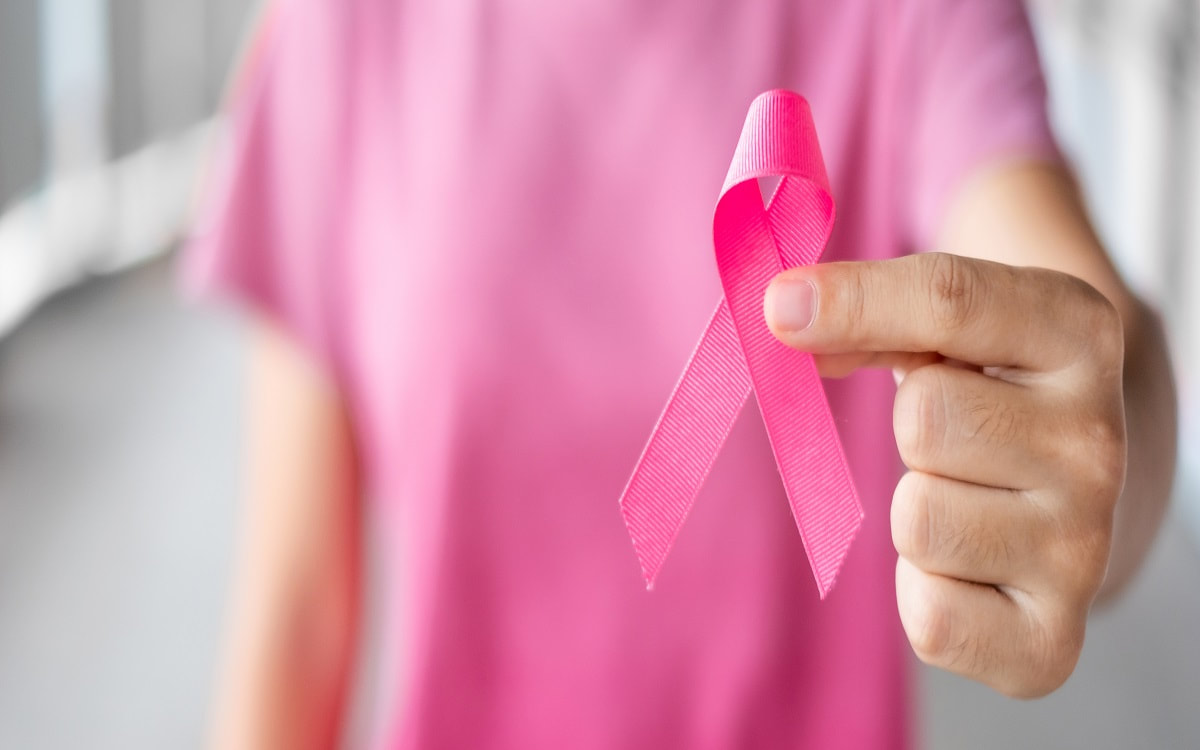|
Self-exams, mammograms can lead to early detection Catching cancers early helps save lives. Screening mammograms can help catch breast cancer in its early stages when it is easier to treat. Breast cancer is the second most common cancer affecting women in the United States. Mammograms, which are breast X-rays, can find signs of breast cancer before any symptoms can develop. Thanks to early detection and improved treatments, death rates from breast cancer have dropped more than 40 percent since 1989. Current guidelines advise women to begin mammograms at age 40. Deciding when to get a mammogram is best done with help of a physician, who can assess risk and optimize a surveillance strategy. If at high risk A family history of breast cancer or other high-risk factors may mean getting screened with a mammogram or breast MRI even sooner. Genetic testing for breast cancer can identify mutations that could raise the risk of breast cancer. “There are genetic cancer syndromes,” says Dr. Ali. “If you have a close relative with ovarian cancer, male breast cancer, or multiple relatives with breast cancer, you could be at increased risk of having an underlying mutation.” If an underlying mutation is identified during gene testing, additional screening guidelines will follow. Practicing awareness Breast cancer is sometimes found after symptoms appear. Practicing awareness can make a big difference in early detection. Regular breast self-exams can help physicians catch cancer early, when treatment is more likely to be effective. “If you’re doing a breast self-exam and find something that’s abnormal, be sure to bring it to the attention of your physician and make sure it’s looked at,” says Sonia Ali, MD, an oncologist at Scripps Cancer Center and Scripps Clinic. “Nothing trumps knowing your body and knowing what’s new and what’s changed.” Most breast lumps are benign but should not be ignored. The only way to know for sure what is going on is by seeing your health care provider, who can take the necessary steps to diagnose or rule out breast cancer. Symptoms of breast cancer The most common warning sign of breast cancer is a lump or mass that develops in the breast tissue or breast area. In some cases, the mass may be too small to feel and is only discovered with a mammogram or ultrasound exam. Other breast cancer symptoms include:
Diagnosis and treatment Breast oncologists have diagnostic tests that can analyze individual tumors on a genetic level. The results can help guide treatment decisions. Treatment depends on the type of breast cancer and whether it has spread to other parts of the body. Treatment may include:
Treatment experiences differ While cancer treatments are a concern for many patients, the stories they hear do not always match the reality. “A lot of women will say something like: ‘Dad had cancer. I know what chemotherapy is like,’” says Dr. Ali. “But there are many different types of chemotherapy regimens, and even people who get the same drugs often don’t have the same reactions. Don’t take someone else’s experience and assume it will be your own.” It’s important to remember that each breast cancer is unique, with differing profiles and mutations and diverging clinical paths. “It’s natural for friends and family members to give well-intentioned advice based on their experience with cancer and treatment,” notes Dr. Ali. “However, patients must keep in mind that not every cancer – and more specifically, not every breast cancer – is the same.” Comments are closed.
|
Categories
All
Archives
December 2023
|
|
|
|
|


 RSS Feed
RSS Feed
